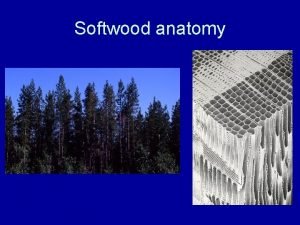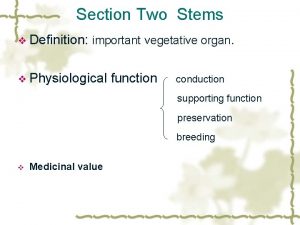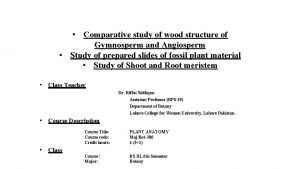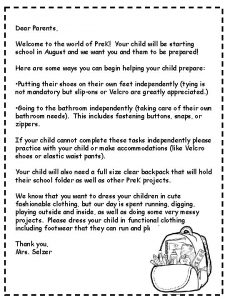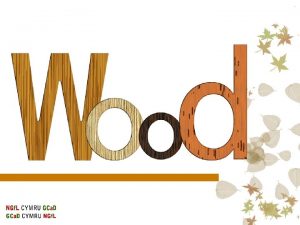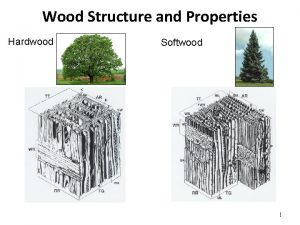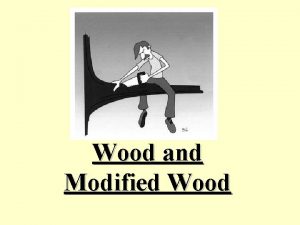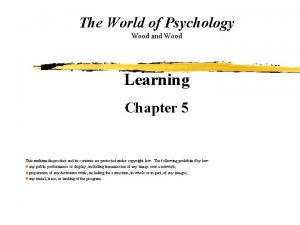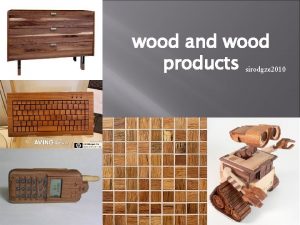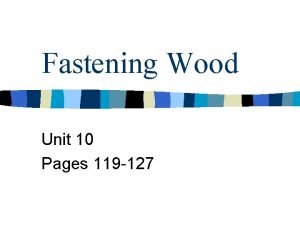Welcome to World History Mr Wood World History























- Slides: 23

Welcome to World History Mr. Wood World History 101

�I will let you know where you sit �After you get your seat, please write you name on a piece of paper and fold it so we all can see your name �Grab one textbook from the back �This will take 3 minutes to finish �Having your name done counts as engagement for today Do Now- Seating Chart and Names

�Seating Chart and making Name tags �Locker Passes and recording Textbooks �Explanation of Non-Fiction Text Features �Homework for our next class- Daily Practice �Class Rules and Passes Agenda

�You will get two passes for the year �You get to use one book for the year ◦ Record the number- you need to return this book in June – undamaged - Record your book number next to your name and the packet being passed around Locker/Bathroom Passes and Textbooks

Non-Fiction Text Features and Early Civilizations Mr. Wood and Ms. Hardy World History 101

�How can learning how to use Non-fiction Text features make learning World History easier? � 2. 10. 2 Identify information presented in charts and graphs � 7. 10. 1 Use maps and other geographical tools to depict historical events and change Essential Questions and Standards

What are non-fiction text features? � Maps � Charts � Pictures with captions Non-Fiction Text Features

�Why are maps, charts, graphs useful in history books? Do Do Now-

World History- Rules and Materials Mr. Wood World History 101

You are responsible to yourself and your classmates. 2. If you cause a problem you will be given a chance to fix it. - If you cannot solve your problem, your teacher will help you find a way to solve it. 1. Class Rules

�You have two passes to leave the class for the bathroom, drinks of water, locker, etc. �Once they are used, you may not leave again until next session �Passes that are not used can be used for extra organization points Passes

� 70% of your grade- Standards � 10% of your grade- Daily Practice. Homework grades � 10% of your grade- Organization- Turning work in on time, having your materials � 10% of your grade- Engagement- Class participation Grades

�Let’s take a look at the class website!! �http: //mrwoodworldhistory. wordpress. co m/ The Website

O verview – What is it? (painting, map, photo) P arts – What is in it? (what do you see? ) T itle – How should it be named? I Learned that… (one small piece of information that you learned C onclusion – a main idea statement that you can conclude about this nonfiction text feature.


�For our next class …. Homework

�Everybody Stand up!!! Quick Review

Do now – OPTIC




�Test � is tomorrow!!! How do you study? ? ? ◦ 1. Go over your homework ◦ 2. Go over the Nonfiction Text Features that we went over together

�Why are maps, graphs, charts and other non-fiction text features important for learning history? Ticket Out
 Fusiform rays
Fusiform rays Xylem fiber
Xylem fiber Gymnosperm structure
Gymnosperm structure Wood sawed wood old tongue twister
Wood sawed wood old tongue twister Wood wood teenager
Wood wood teenager Welcome to the hundred acre wood
Welcome to the hundred acre wood Wise men three clever are we
Wise men three clever are we Ap world history chapter 25 africa and the atlantic world
Ap world history chapter 25 africa and the atlantic world Countries michael jackson visited
Countries michael jackson visited The business welcome to the real world
The business welcome to the real world Kiron kavanagh
Kiron kavanagh Welcome to the parents world
Welcome to the parents world Chapter 20 print advertisements worksheet answers
Chapter 20 print advertisements worksheet answers History also history physical
History also history physical Dobroyd castle dormitories
Dobroyd castle dormitories Woodwork joints names
Woodwork joints names Wood’s triangle
Wood’s triangle Ansi tpi 1
Ansi tpi 1 Wooden things name
Wooden things name Functions of wood
Functions of wood Wood shaving machine
Wood shaving machine Woodlane surgery ruislip
Woodlane surgery ruislip Joining methods for wood
Joining methods for wood Hadia dib
Hadia dib
